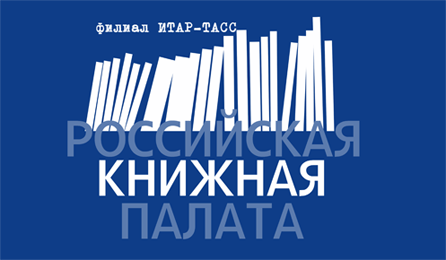Urban population of the Jewish Autonomous Region in the historical dynamics of the late 1980s–2010s
Nov 25 2022Breslavsky A. S. Urban population of the Jewish Autonomous Region in the historical dynamics of the late 1980s–2010s // The Russian Peasant Studies. 2022. V.7. №3. P. 151-173.
DOI: 10.22394/2500-1809-2022-7-3-151-173
Annotation
The article focuses on the current demographic development of the urban settlements network in the Jewish Autonomous Region under its ongoing deindustrialization and the revision of the strategy of its social-economic development. Based on the results of the All-Union census of 1989, data of the All-Russian censuses and special surveys, the author describes the demographic crisis of all urban settlements in the region: 2 cities and 12 workers’ settlements. The high dependence of settlements on the local city-forming industrial enterprises and their insufficient infrastructural development in the Soviet and post-Soviet periods determined the current demographic crisis. During the period under study, the population in 8 workers’ settlements decreased by more than a third (in each), in 4 — by more than a half. The population of the city of Obluchye decreased by a third, of the capital city Birobidzhan — by 15%. Today, this demographic crisis is determined by the sustainable trends of the natural population decline and by the out-migration in the 1990s–2010s, which the region will not be able to overcome on its own in the coming decades. Despite the attempts of the regional authorities to implement new development strategies, regional settlements continue to experience a demographic crisis.
Keywords
Far East, Jewish Autonomous Region, urban history, urbanization, cities, urban population, Birobidzhan.
About the author
Breslavsky Anatoly S., PhD (History), Senior Researcher, Laboratory for Historical Geography and Regionalistics, Tyumen State University; Lenina St., 23, Tyumen, 625003, Russia.
E-mail: This email address is being protected from spambots. You need JavaScript enabled to view it.
Chuchkalov A. S., Mishchuk S. N., Grelya N. K. Factors of suburban rural areas turning into a depressed region (on the example of the Birobidzhan district in the Jewish Autonomous Region) // The Russian Peasant Studies. 2021. V.6. №4. P. 125-135.
DOI: 10.22394/2500-1809-2021-6-4-136-163
Annotation
Based on the results of field studies, the authors consider the post-Soviet transformations of the territorial organization of suburban rural areas in the depressed Far Eastern region (Birofeld and Valdheim rural administrations of the Birobidzhan district in the Jewish Autonomous Region). Transformations of rural areas are considered as determined by multidirectional factors divided into “external” (general) and “internal” (local). The article describes an impact on the countryside of such “external” factors as urbanization, changes in the specialization of agriculture and in the administrative-territorial and municipal structure, optimization of social services, changes in rural infrastructure and external institutional conditions for development. When considering the “internal” (local) factors of transformations, the authors identify differences in the social structure of migrants from Birobidzhan to the suburban countryside. The changes in the structure of the rural population by spheres of employment and prevailing sources of income are presented as a result of the combination of factors. Some changes in the lifestyle of the rural population are described. Based on the assessment of the impact of different factors on the depopulation, the authors suggest some management measures. The authors conclude that the Birobidzhan district is a rare Russian example of the agricultural suburban territory in relation to the regional center, of the countryside with a reducing number of functions.
Keywords
Rural areas, depopulation, suburban areas, transformation factors, ruralurban migration, rural employment, rural society, rural settlement, Jewish Autonomous Region, Birobidzhan, subsidiary plots, marginalization.
About the authors
Chuchkalov Alexander S., Master’s Student, Department of Economic and Social Geography of Russia, Lomonosov Moscow State University. 119991, Moscow, Leninskie Gory, 1.
E-mail: This email address is being protected from spambots. You need JavaScript enabled to view it.
Mishchuk Svetlana N., PhD (Economics), Senior Researcher, Institute for Demographic Research, Federal Centre for Theoretical and Applied Studies of the Russian Academy of Sciences, 119333, Moscow, Fotieva St., 6, bldg. 1; Senior Researcher, Institute for Complex Analysis of Regional Problems, Far Eastern Branch of the Russian Academy of Sciences, 679016, Birobidzhan, Sholem Aleichem St., 4.
E-mail: This email address is being protected from spambots. You need JavaScript enabled to view it.
Grelya Nataliya K., Master’s Student, Department of Economic and Social Geography of Russia, Lomonosov Moscow State University. 119991, Moscow, Leninskie Gory, 1.
E-mail: This email address is being protected from spambots. You need JavaScript enabled to view it.





















